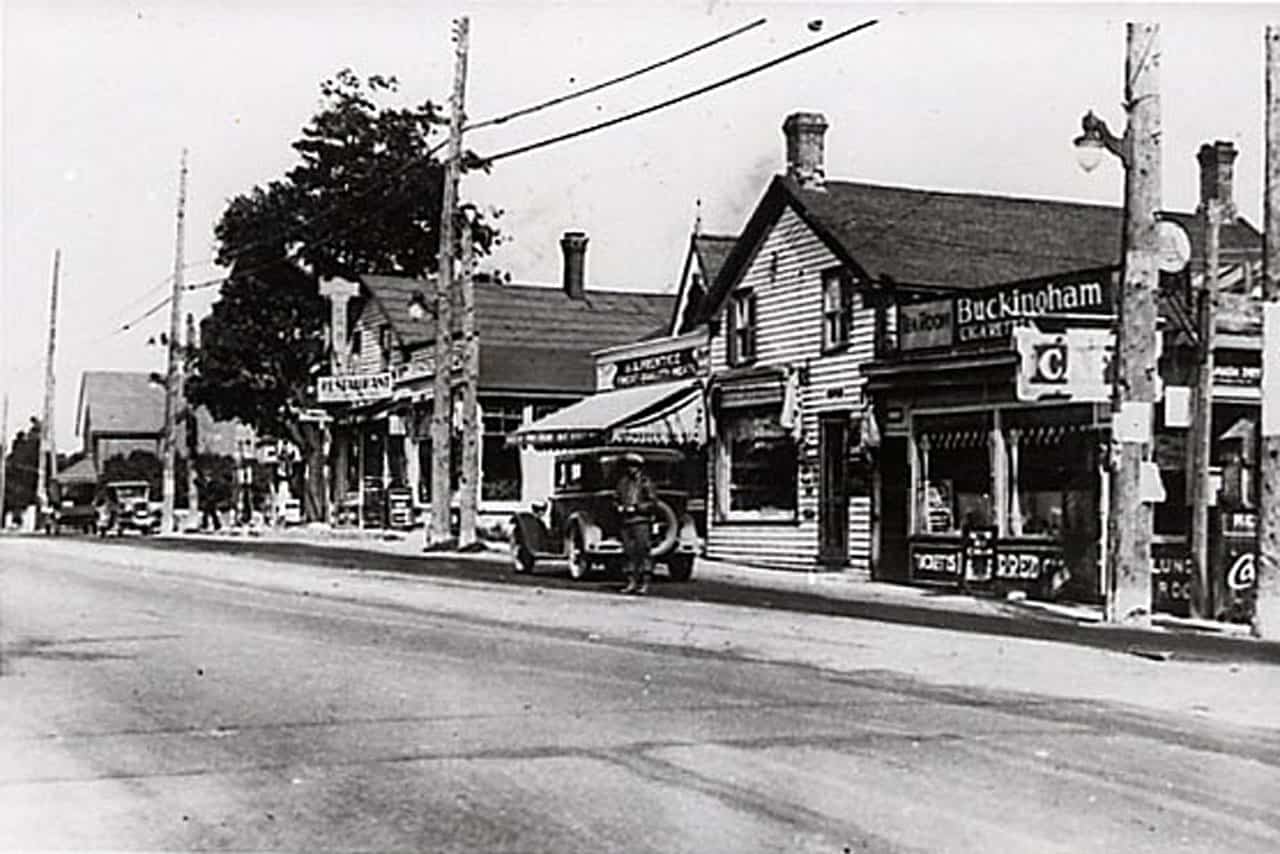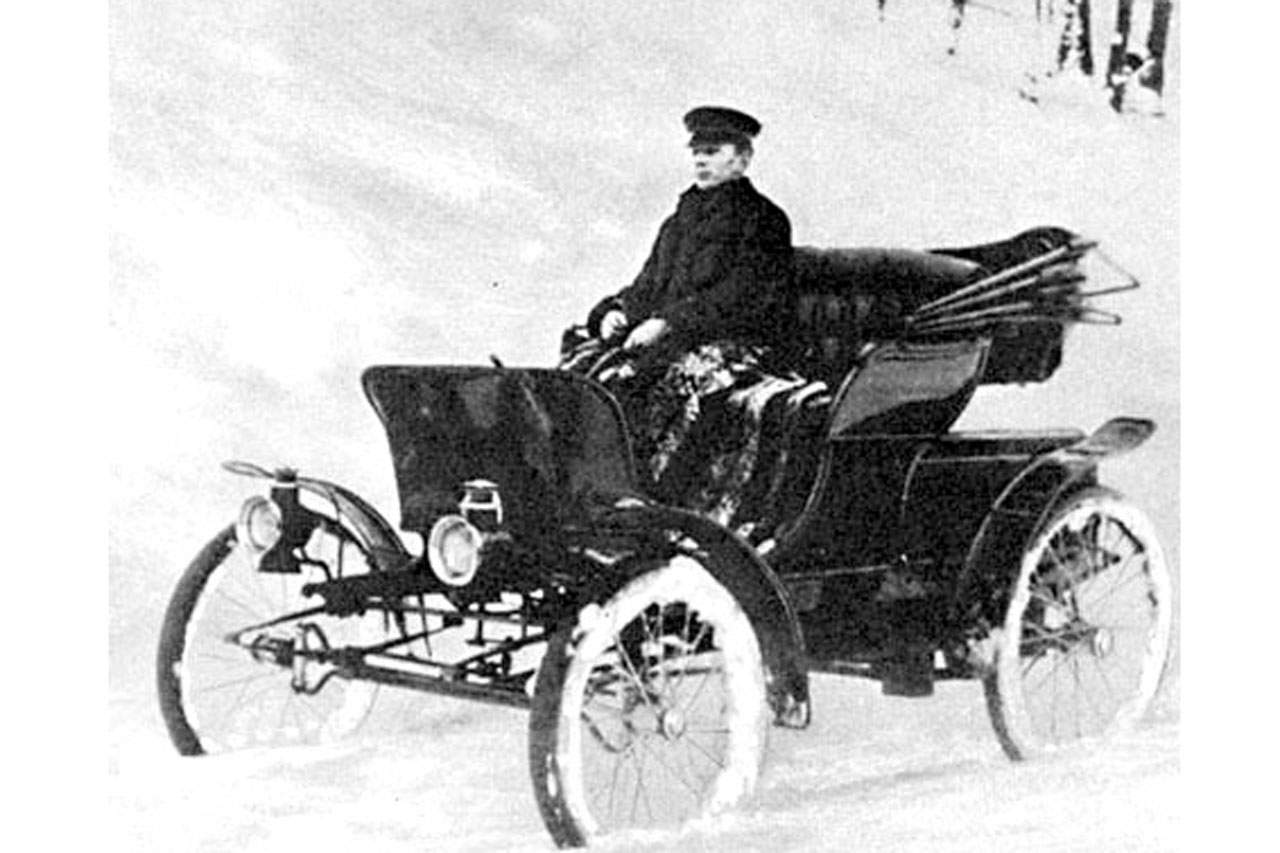The speed limit was 24 km/h in 1903; some of the first road rules in Ontario
Published April 29, 2024 at 3:00 pm

The laws of the road change and evolve and Ontario’s rules arrived even before the first gas-powered cars.
One of the rules on the books was an 1834 act to exempt tolls on Sunday for people travelling to church, presumably by horse and wagon or carriage, according to an online Clarkson history from the City of Mississauga. Wagons carrying manure were also exempt from tolls.
In 1868, as train travel became a more common mode of transportation, a rule regulated locomotive speed through towns so as not to startle horses. Trains carrying people or freight could not exceed three miles per hour in a town.
A messenger was sent ahead with a red flag to warn the town and the engine had to stop if horses were frightened.
As the 1800s came to a close, horse travel started to wane. In 1885, German mechanical engineer, Karl Benz designed and built the world’s first practical automobile to be powered by an internal combustion engine.
In Toronto, the last horse-drawn streetcar operated on McCaul Street, and went out of service on Aug. 31, 1894, according to an online history from the city.
Canada’s first car owner was Hamilton man John Moodie who operated the first gasoline-powered vehicle in Canada in 1898.

Hamilton man John Moodie operated the first gasoline-powered vehicle in Canada in 1898.
After that, the rules changed quickly as motorized vehicles became popular.
In 1903, Ontario issued its first licence plates. Before that, people must have driven cars much the way we ride bikes today.
Also in 1903, speed limits were set to 10 miles per hour (16 km/h) in town and 15 miles per hour (24 km/h) on highways — a far cry from the recent bump up to 110 km/h on some Ontario highways.
In 1905, all vehicles had to “carry a headlamp” but by 1917, two headlamps were required, one on each side of the vehicle.
In 1912, a rule stated that vehicles could only travel at a walking speed on bridges over 30 feet in length.
Between 1917 and 1920 the Ontario Department of Public Highways created a provincial highway system consisting of some 23 highways including Yonge Street, Dundas Street and Highway 2, to accommodate the demands of rapidly growing vehicle ownership, according to an online history.
The section of Highway 2 between Hamilton and Toronto along Lakeshore Road became the first paved intercity road in Ontario in 1914.
As the highways started to fill with more and more drivers, Ontario passed the first Highway Traffic Act on Dec. 31, 1923. The new act stated that, any person “who drives a motor vehicle on the highway . . . . . at a speed or in a manner dangerous to the public, having regard to all the circumstances, shall incur a penalty.”
Many of the rules set out in that first act still apply today with some modifications.
Here is one rule that still applies (however, rarely involves horses): “Where two persons in charge of vehicles or on horseback, approach across-road or intersection at the same time, the person on the right hand of the other vehicle or horseman, shall have the right of way.”
In those days, there were no traffic signals. The first automatic traffic signals (which replaced police officers directing traffic) were used experimentally in early 1927 in Toronto, according to a city history.
Lead photo: Port Credit in 1924
insauga's Editorial Standards and Policies advertising






